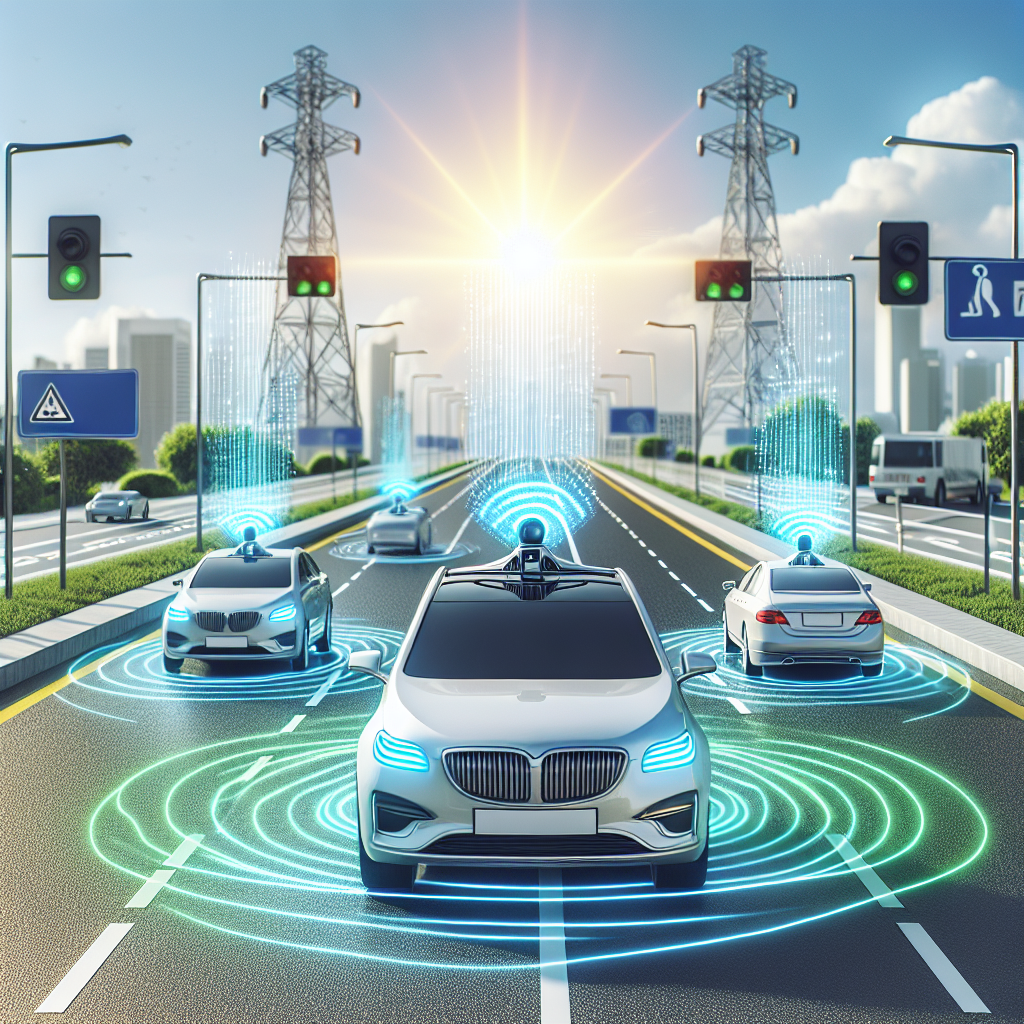Smart Cars, Safer Roads: Exploring the Safety Features of Autonomous Vehicles
As technology continues to advance, the automotive industry is seeing a shift towards autonomous vehicles, also known as smart cars. These vehicles are equipped with a variety of sensors, cameras, and artificial intelligence systems that allow them to navigate roads without human intervention. One of the key benefits of autonomous vehicles is their potential to make roads safer for drivers, passengers, and pedestrians.
One of the main reasons why autonomous vehicles are considered safer than traditional vehicles is their ability to eliminate human error, which is a leading cause of accidents on the road. According to the National Highway Traffic Safety Administration, human error is responsible for 94% of all traffic accidents. By removing the element of human error, autonomous vehicles have the potential to significantly reduce the number of accidents on the road.
Autonomous vehicles are equipped with a range of safety features that help to prevent accidents and protect occupants in the event of a collision. These features include adaptive cruise control, lane-keeping assist, automatic emergency braking, and blind-spot detection. Adaptive cruise control uses sensors to maintain a safe distance from the vehicle in front, while lane-keeping assist helps to prevent drifting out of the lane. Automatic emergency braking can detect potential collisions and apply the brakes to prevent or minimize the impact, and blind-spot detection alerts the driver to vehicles in their blind spot.
In addition to these features, autonomous vehicles are also equipped with advanced technology such as lidar, radar, and cameras that provide a 360-degree view of the vehicle’s surroundings. This allows the vehicle to detect and respond to potential hazards in real-time, such as pedestrians, cyclists, and other vehicles on the road. This technology helps to improve situational awareness and reduce the likelihood of accidents.
Another important safety feature of autonomous vehicles is their ability to communicate with each other and with the infrastructure around them. This allows vehicles to share information about road conditions, traffic patterns, and potential hazards, helping to improve overall road safety. For example, if a vehicle detects a slippery road surface, it can communicate this information to other vehicles in the area, allowing them to adjust their driving behavior accordingly.
While autonomous vehicles have the potential to make roads safer, there are still challenges that need to be addressed before they can be fully implemented. These include regulatory issues, cybersecurity concerns, and public acceptance of the technology. However, with continued research and development, autonomous vehicles have the potential to revolutionize the way we travel and make our roads safer for everyone.


